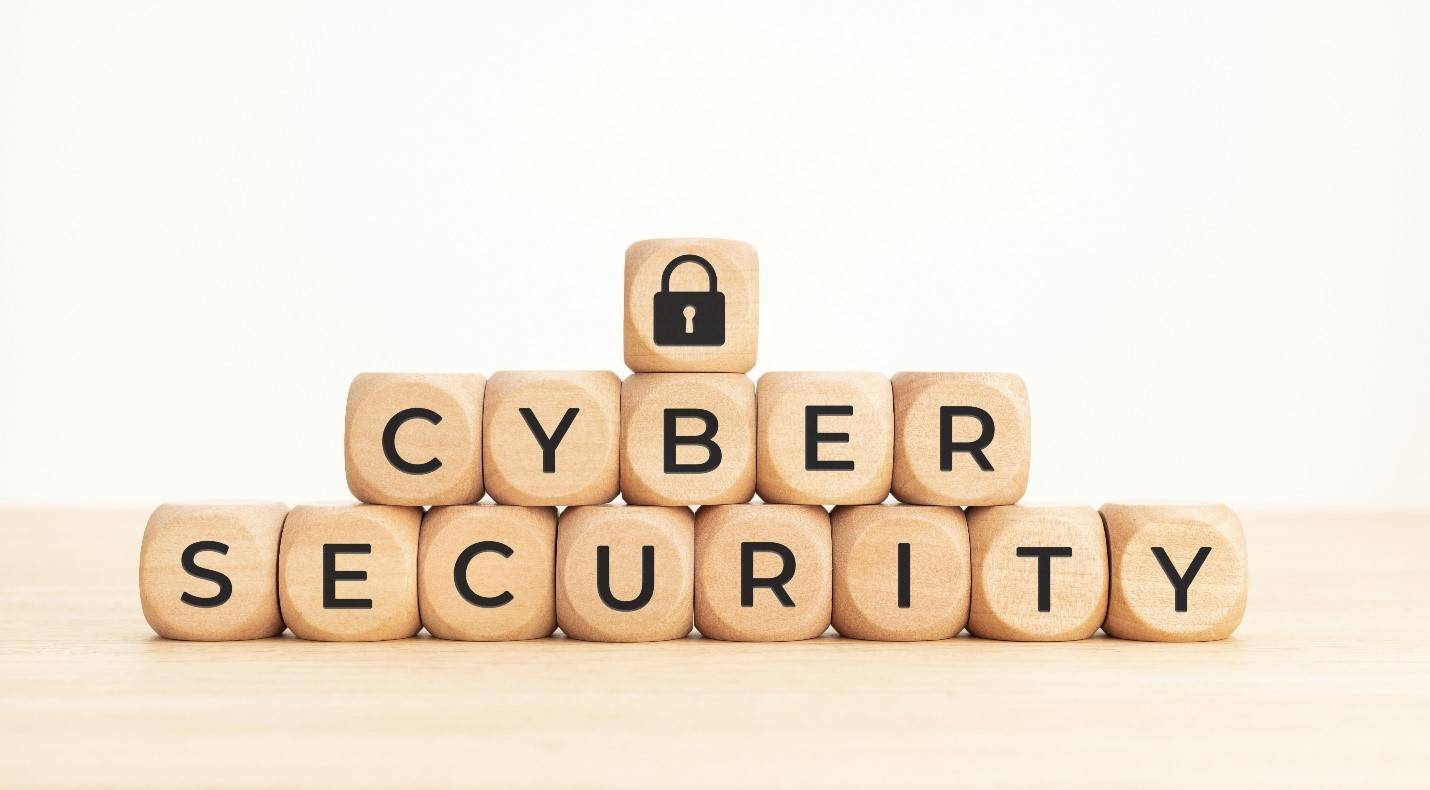If you are like many small business owners, cybersecurity isn’t a top priority. After all, you’re probably thinking, “I’m too small for hackers to target.” Unfortunately, that’s not the case.
In fact, small businesses are more likely to be targeted by cybercriminals than larger businesses. Why? Because they often don’t have the same robust security measures in place.
That doesn’t mean you’re doomed, though. You can do plenty of things to protect your small business from cybersecurity risks. This blog post discusses simple ways to protect your small business from potential cybersecurity risks.
1. Keep Your Software Up to Date
One of the best things you can do to protect your business is to keep your software up to date. That includes everything from your operating system to the apps you use.
When a new version of software is released, it often includes patches for security vulnerabilities that have been discovered. Keeping your software up to date can help close these security holes and make it more difficult for hackers to target your business.
If you don’t have an IT person in your company, you can set your software to update automatically. That way, you don’t have to worry about remembering to do it yourself.
2. Use Strong Passwords
Another simple way to protect your business is to use strong passwords. A strong password is one that is long, contains a mix of letters, numbers, and symbols, and isn’t easy to guess.
One way to create a strong password is to use a passphrase. A passphrase is simply a phrase that you can easily remember but would be hard for someone else to guess. For example, “Ilike2writeblogposts!” would be a good passphrase.
Another way to create a strong password is to use a password manager. A password manager is an app that stores your passwords in an encrypted format. That way, you only have to remember one master password to access all of your other passwords.
There are many password managers can choose from, so do some research to find one that’s right for you.
3. Limit Access to Sensitive Data
Another way to protect your business is to limit access to sensitive data. Sensitive data includes customer financial information, employee social security numbers, and proprietary information.
If possible, only allow employees who need access to sensitive data to have it. For example, if an employee doesn’t need access to customer financial information, don’t give it to them.
You should also consider implementing two-factor authentication for sensitive data. Two-factor authentication is an extra layer of security that requires users to provide two forms of identification before accessing data.
For example, they might need to enter a password and confirm their identity with a code sent to their phone. This makes it much more difficult for hackers to access sensitive data.
4. Educate Your Employees
One of the most important things you can do to protect your business from cybersecurity risks is to educate your employees. Employees are often the weak link when it comes to security.
They might unintentionally click on a phishing email or download a virus by mistake. Or they might use weak passwords or reuse passwords for multiple accounts.
Educating your employees about cybersecurity risks can help them avoid making mistakes that could put your small business at risk. You can also require them to take security training courses on an ongoing basis.
5. Invest in Cybersecurity
Investing in cybersecurity is one of the best things you can do to protect your business. There are many types of cybersecurity products and services available.
For example, you can invest in a firewall to help protect your network from attacks. You can also use encryption to make it more difficult for hackers to access data. And you can use intrusion detection and prevention systems to detect and stop attacks.
The best way to find the right cybersecurity solution for your business is to work with a cybersecurity expert. They can assess your needs and recommend the best products and services for your business.
6. Have a Response Plan
While you may do everything possible to prevent a cybersecurity attack, there’s always a chance that one could happen. That’s why it’s essential to have a response plan in place.
Your response plan should detail what steps you need to take in the event of an attack. For example, you might need to contact your website hosting provider or credit card processor.
You should also have a plan for how you will communicate with your employees and customers. And you should have a backup of all your essential data in case you need to restore it.
The primary goal of a response plan is to help minimize the damage caused by a cybersecurity attack.
Final Thoughts: Simple Ways to Protect Your Small Business from Cybersecurity Risks
While cybersecurity attacks are becoming more common, there are many things you can do to protect your business.
By taking steps to secure your data and educate your employees, you can help reduce the risk of an attack. And if an attack does occur, having a response plan in place can help minimize the damage.
